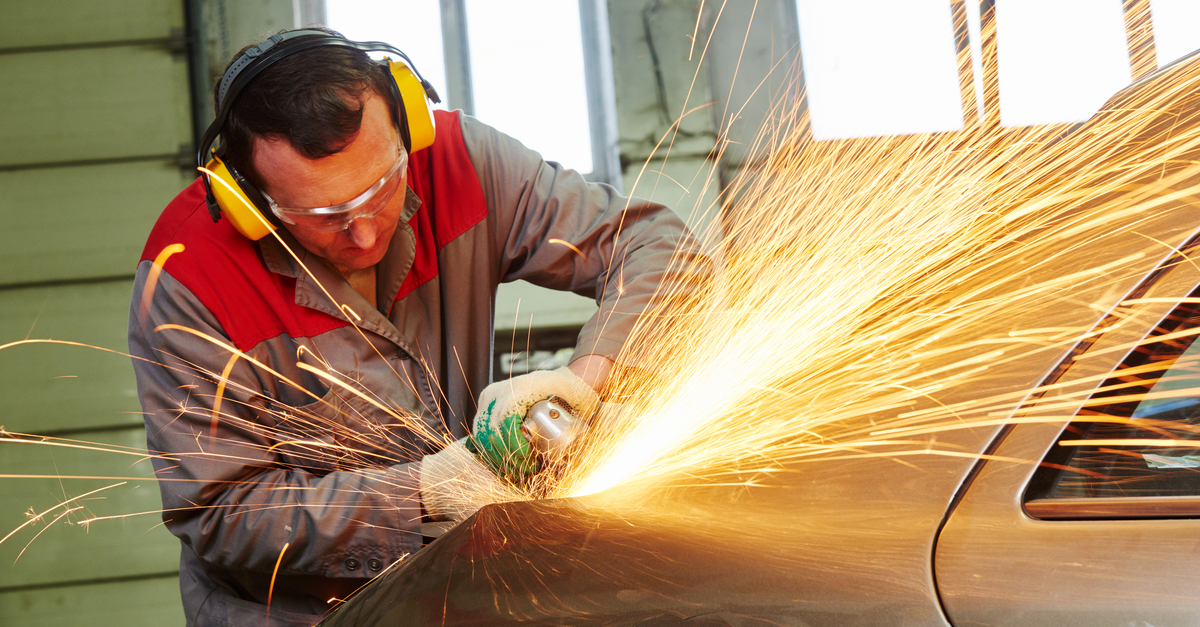If you work in a collision shop, you have bumped into some occasions requiring some soldering on vehicle parts. If you have no soldering idea, you can acquire the services of an experienced welder and let them train you. The best part is that some soldering techniques such as MIG have a short learning curve and are easy to learn. Below are the different types of welding techniques used by welders to repair auto body parts.
METAL INERT GAS MIG
If you want a soldering technique that will produce an ideal weld, consider looking at this technique. This technique utilizes carbon dioxide and inert gases such as argon to create an optimum soldering environment. This technique is straightforward and easy to learn, making it perfect for beginners. Besides that, it also gives the user a clean weld that is free from spluttering.
This is the go-to technique if you want a soldering strategy that will do most of your auto body repairs. This method works best since it is ideal for quick repairs, and it can manage a broader range of thickness than other techniques. Besides that, it can handle most auto body parts without sacrificing a clean appearance and strength.
TUNGSTEN INERT GAS
Welders use this technique to weld together non-ferrous and thin materials such as nickel, copper, lead, and aluminum. Moreover, unlike other soldering forms, this process uses a tungsten electrode to create the weld. Other materials used include an external gas supply consisting of a mixture of helium and argon or argon alone.
Although it is challenging for a beginner to master this process, the use of tungsten electrodes to merge auto body repairs helps welders attain a high-quality weld. This is because there is a tiny area between the place that the welder weld and the arc; thus, it takes a vast amount of skill and precision to do the task correctly.
SHIELDED METAL ARC
Also known as stick welding; this method is the most common among home-shop welders. It relies on a manual procedure that uses a consumable electrode covered in flux. If you want a low-cost technique, this is your go-to technique since it requires minimal equipment and requires no shielding gas.
One significant benefit of using this technique is that you can perform it outside in the rain or wind. Besides that, this process also works perfectly on rusty and dirty materials. However, it is good to note that this process does not typically create the best quality weld. Products built with this technique are prone to cracks, porosity, and shallow penetration.
FLUX CORED ARC
This technique is similar to MIG since it orbits around an endless wire feed technique. However, this process has two different procedures. One relies on shielding gas while the other uses self-shielding agents created when fluxing components crumble within the wire. However, it is good to note that this process is easy to learn and requires little capital to start and manage.
GAS SOLDERING
Welders rarely use this technique since TIG has superseded this technique much. This process requires acetylene and oxygen, which are very portable. Welders who use this process mostly use it to merge car exhaust back together.
The most commonly used technique welders in automotive collision shop use MIG, TIG, and Shielded metal arc. Remember, when choosing the technique that suits your needs, you need to consider the metal’s thickness to be welded and the type of metal.


Recent Comments